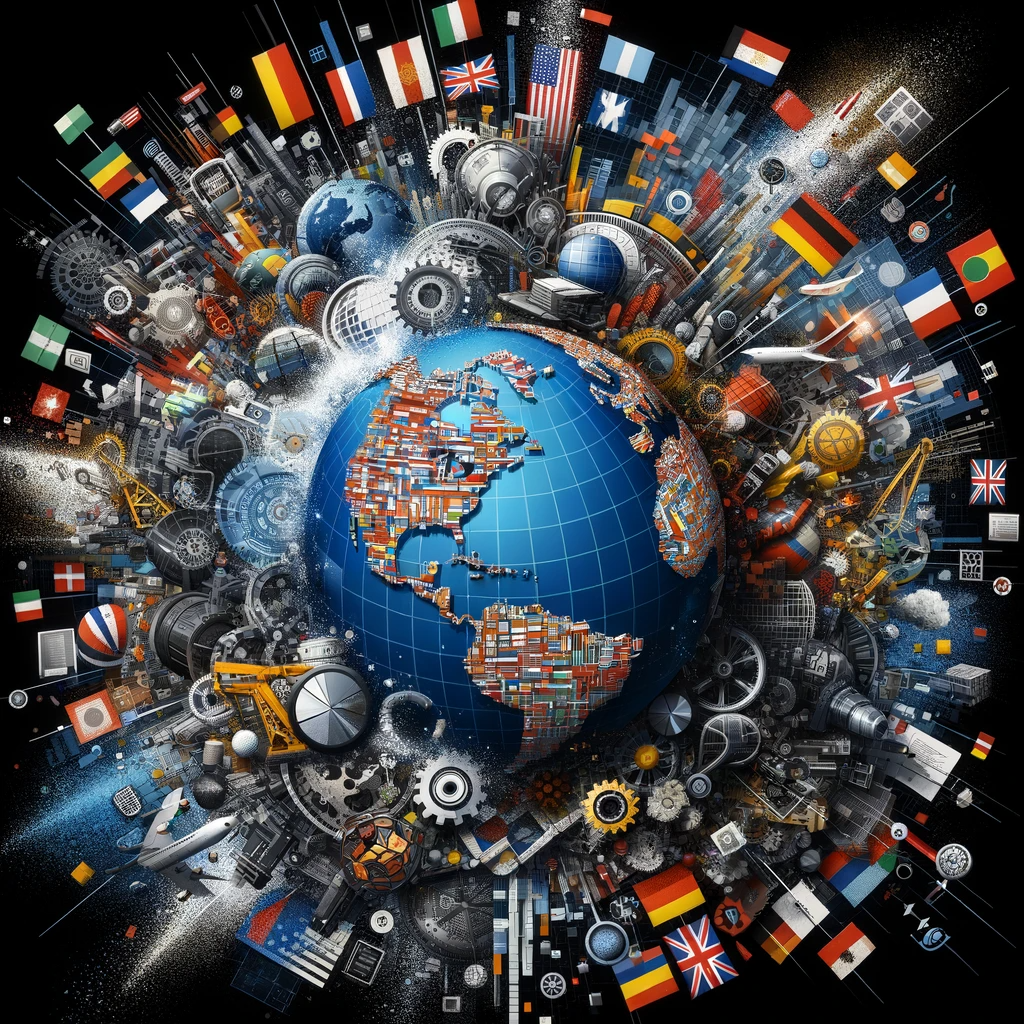In recent years, the term “layoff news” has increasingly dominated headlines, painting a vivid picture of the changing dynamics within the global workforce. As companies navigate through the complex web of globalization, the patterns and reasons behind layoffs have evolved, leaving a significant impact on employees across various sectors. This article delves into how globalization has contributed to changing layoff trends, offering insights for English writers and professionals alike to understand this global shift.

The Globalization Effect
Globalization has undeniably interconnected markets and businesses like never before, enabling companies to operate across borders with unprecedented ease. This integration, while fostering economic growth and innovation, has also led to increased competition and a constant pursuit of efficiency. Companies are now more than ever motivated to restructure and adapt to remain competitive on a global scale, which often results in organizational changes and, unfortunately, layoffs.
Technology and Automation
One of the most significant factors driving change in layoff trends is the advancement of technology and automation. As businesses worldwide embrace digital transformation, many traditional roles are becoming obsolete, replaced by automated processes and artificial intelligence. This shift not only affects manufacturing but also extends to service sectors, where technological proficiency is becoming a prerequisite, reshaping the job market landscape.
Offshoring and Outsourcing
The globalization era has seen a rise in offshoring and outsourcing practices, where businesses move certain functions or jobs to countries with lower labor costs. This strategy, while cost-effective for companies, has led to job displacements in their home countries, contributing to the layoff trends. The debate around the ethical and economic implications of these practices continues, as they redefine employment patterns and opportunities globally.
The Gig Economy and Contractual Work
Globalization has also fueled the growth of the gig economy and contractual work, offering flexibility to both employers and employees. However, this shift towards temporary or project-based roles, while providing diverse opportunities, also brings a lack of job security and benefits, mirroring a new form of layoffs where job stability is no longer guaranteed.
Industry Realignment
As markets globalize, certain industries face more significant challenges than others, leading to a realignment of workforce needs. Industries such as retail, media, and telecommunications have seen profound changes due to global competition and digital disruption, resulting in layoffs as companies strive to adapt to new market realities.
The Human Cost
Behind every layoff is a human story. The emotional and financial toll on individuals and communities can be profound, with long-term effects on career trajectories and mental health. As layoff trends evolve with globalization, the need for robust support systems and re-skilling initiatives becomes paramount to help affected individuals navigate these transitions.
Looking Ahead
As we look to the future, understanding the global forces at play and their impact on layoff trends is crucial for professionals and businesses alike. Staying informed and adaptable, investing in continuous learning, and fostering resilience are key strategies to navigate the uncertainties of a globalized job market.
In conclusion, globalization has undoubtedly reshaped layoff trends, bringing both challenges and opportunities. As we continue to witness these changes, the dialogue around sustainable employment practices, ethical business operations, and support for displaced workers becomes increasingly important. By examining these global trends, we can better prepare for the future, ensuring a more stable and inclusive workforce landscape.
